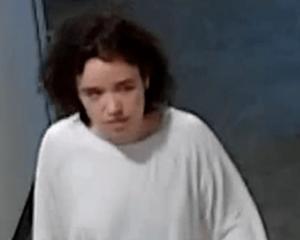Doctors are getting older and working fewer hours, and may be more likely to stay in the country than they were a few years ago, the Medical Council's latest workforce survey shows.
Medical Council chairman Dr John Adams was cautiously hopeful the 2009 survey showed the trend of doctors leaving New Zealand after graduating had been arrested or even reversed.
He did not want to overstate the retention statistics, but said that compared with the class of 2000, of whom 74% were still registered in New Zealand by the third year, 85% of the class of 2006 were working in New Zealand last year.
The trend was heartening and suggested initiatives undertaken by bodies such as Health Workforce New Zealand were bearing fruit.
These included allowing doctors to travel overseas for experience while ensuring a job on their return, and professional development drives.
The survey showed the total number of doctors registered had risen to 13,269, compared with 11,253 in 2004.
The survey revealed doctors were working fewer hours, 44.2 hours a week last year compared with 45.8 in 2004.
The proportion of women was rising, 39% compared with 35% in 2004.
The average age of doctors was 45, compared with 44 in 2009 and 42 in 1990.
Dr Adams said the ageing trend was set to increase and a higher number of older doctors would need more support with administrative tasks and a lighter case load.
The proportions of Maori and Pacific Island doctors dropped slightly, and these groups continued to be under-represented in the workforce.
Regionally, Otago fared well for its number of doctors, with 349 per 100,000 head of population, compared with 191 in Southland.
The national average was 307.
Otago had 627 doctors (169 GPs), compared with 230 (107 GPs) in Southland.
A report released by the Government this week highlighted a predicted shortfall of health workers, projected to be 23,467 by 2021.
The report recommends using more unregulated health workers with supervision, and investing in technology to provide medical skills to rural areas.













